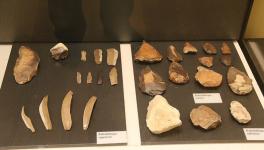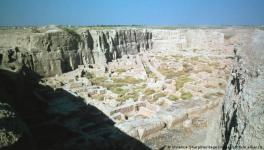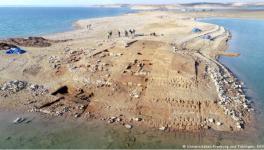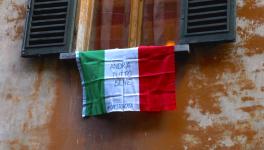How Ancient Rome's Concrete Recipe Can Help Lower Emissions
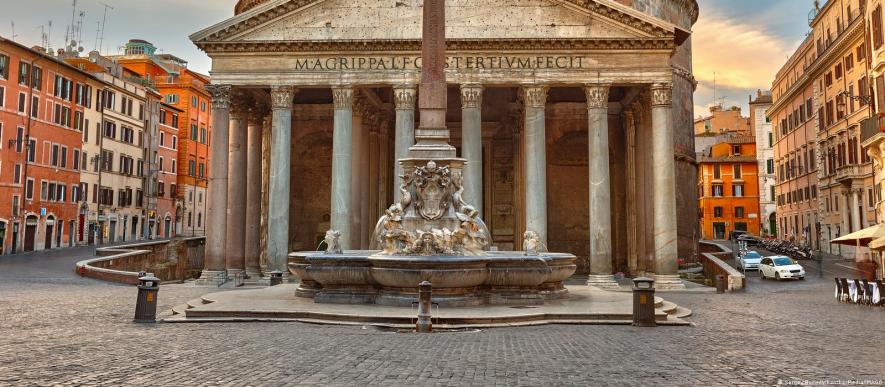
In Virgil's "Aeneid," a Latin epic poem, the god Jupiter prophesizes that Aeneas, a hero who fled the fall of Troy, will receive the gift of an empire that will never end. That empire was Rome.
The idea of creating this legacy of an everlasting empire was of profound importance to Rome, never more so than with its great building projects.
"The idea of setting up a memory is really important for ancient Rome — it was central to its power. Buildings like parches and temples were perhaps the most important visible memories the emperors and generals created. They cemented their legacy in history," Hannah Platts, a historian at Royal Holloway University of London, told DW.
Roman concrete was at the heart of this legacy, both literally and symbolically the foundation of Rome's power. And while Roman buildings are most famous for their mosaics and marble, it's with humble concrete where the genius really lies.
![]()
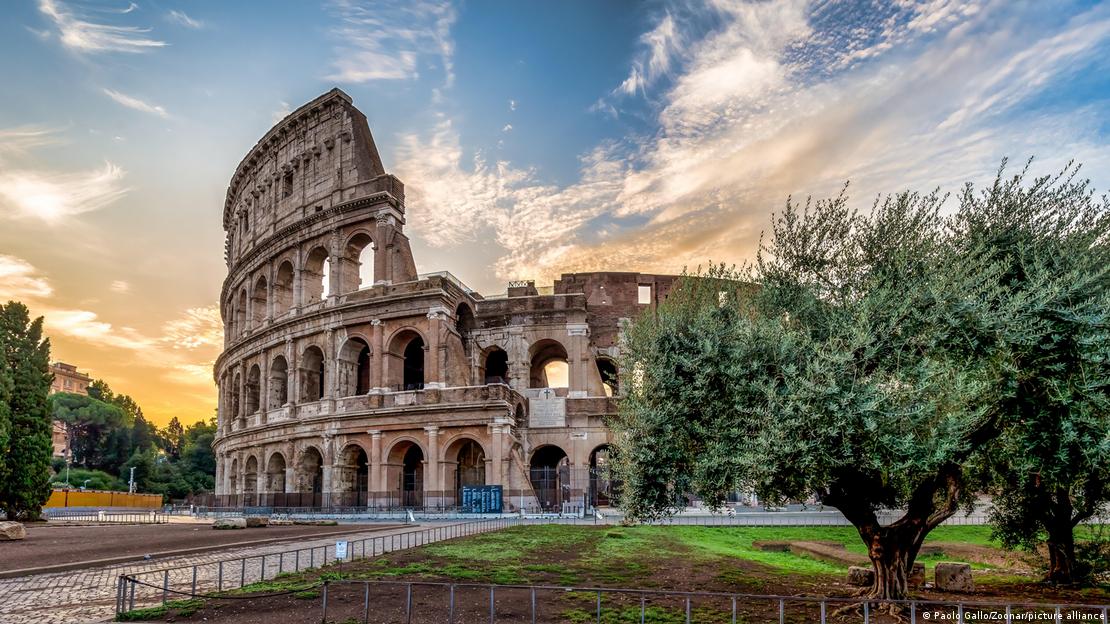
The vaults in the Colosseum in Rome are made from poured Roman concrete.Image: Paolo Gallo/Zoonar/picture alliance
Concrete started an architectural boom
Roman concrete is durable stuff. Where modern concrete types crack and crumble in a few decades, Roman concrete has held palaces, bridges and temples in place for millennia. The material is why buildings like the Colosseum still stand today.
Romans were experimenting with concrete for centuries, but it was in the first century BCE when things really took off.
"It was a time of innovation in mortars and concrete," said Riley Snyder, a civil engineer at the University of Edinburgh, United Kingdom. "They knew adding broken ceramics would create resistance against seismic activity, or volcanic ash to make more durable cement."
This technology revolutionized architecture. With strong concrete, architects could build bigger and more elaborate buildings.
"Roman concrete made vaulting and domes possible, which changed architecture forever. The massive vaults around the Colosseum, for example, were made with poured concrete," Snyder said.
But the genius use of concrete is perhaps best exemplified in the dome of the Pantheon, a temple in Rome built between 113-126 CE.
"The architects knew that, in order to build a dome this big, they needed to use a heavier aggregate at the bottom of the dome and a lighter aggregate at the top so the dome gets lighter as you go up," Platts said. "All this helped Rome to display their power."
![]()
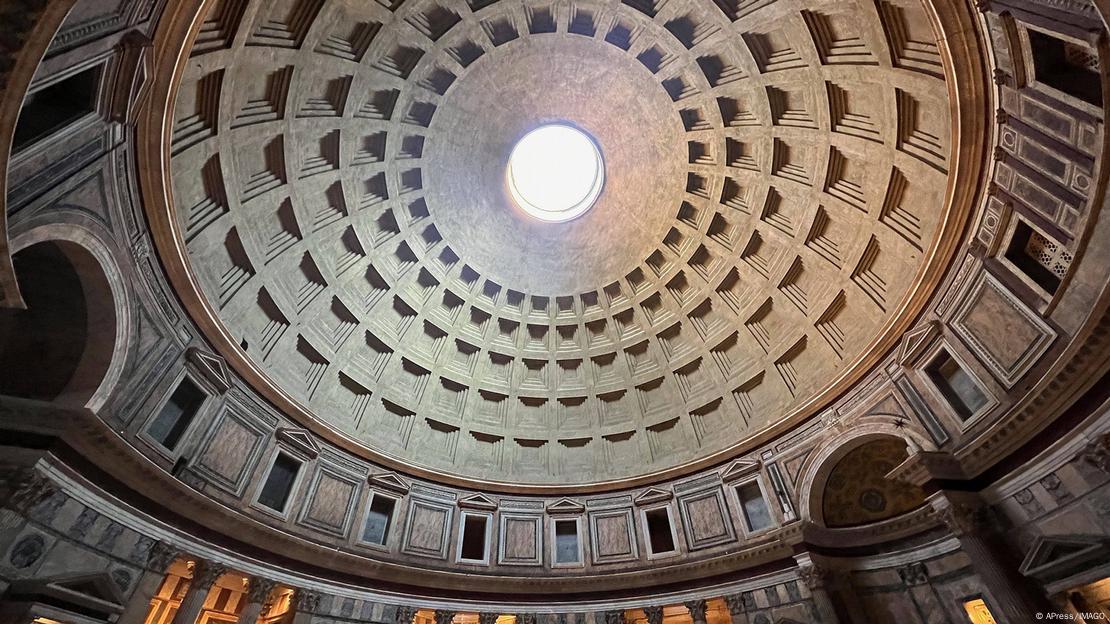
The dome of the Pantheon in Rome is held up by the strength of Roman concreteImage: APress/IMAGO
Self-healing Roman concrete
Why is Roman concrete more durable than modern concrete? Admir Masic, a civil engineer at the Massachusetts Institute of Technology in the United States, told DW that it comes down to the use of volcanic ash sourced from Mounts Vesuvius or Etna.
"Romans added volcanic ash into the cement mixture," Masic said. "It created an extraordinary material that can self-heal after cracking. You can even crack a piece of concrete in half, and the concrete heals after two weeks when you add water."
The self-healing properties are particularly effective in seawater. This helped Romans build sturdy seaports and underwater port facilities around the Mediterranean, like the one at Caesarea in modern-day Israel.
ADVERTISEMENT
A lost cement recipe rediscovered?
So why don't we use Roman concrete today? Unfortunately, the recipe for self-healing concrete was lost throughout the ages, and it is unclear when exactly its use as a building material waned.
Scientists such as Masic have been studying samples of Roman concrete and cement to understand why this material is so strong.
Masic's new study, published Friday in the journal Science Advances, suggests that the way concrete was mixed could be a clue to the material's strength.
"Our research shows that Romans used a process called 'hot mixing' of quicklime, volcanic ash and water," Masic said.
This process of hot mixing creates so called lime clasts, which were ubiquitous mineral components in Roman concrete.
"Originally people thought the clasts were due to bad mixing, but I doubted this because Romans were so particular about how to make concrete," he said.
In fact, Masic's study showed that hot mixing and lime clasts were crucial for the self-healing properties of the material, generating a chemical reaction with water to reforge the cracks.
![]()
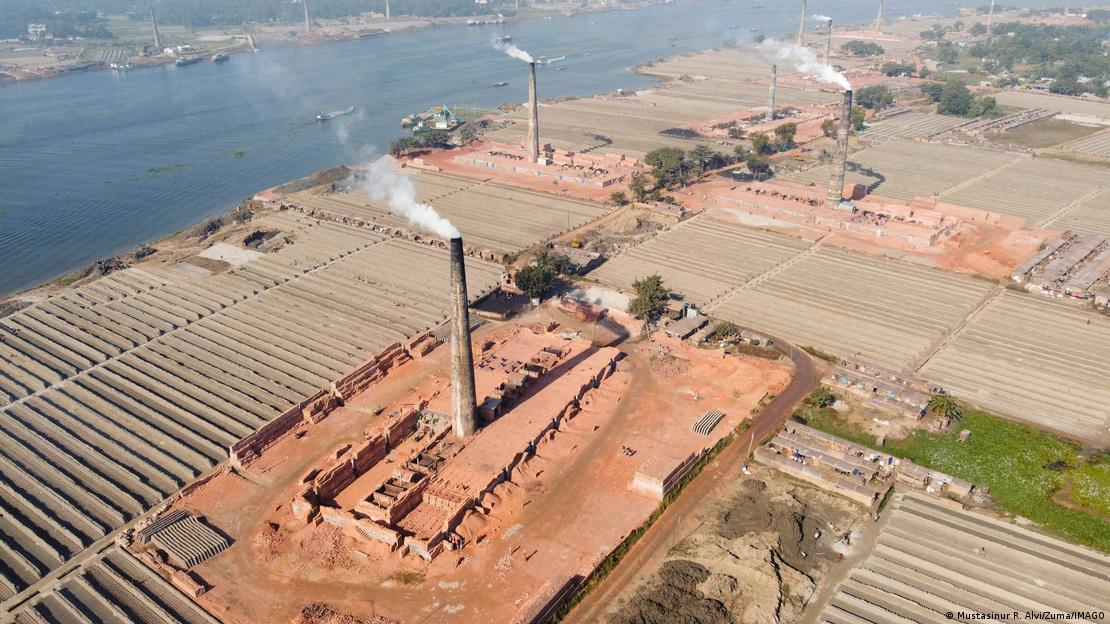
The modern cement and concrete industry emits 8% of man-made carbon dioxideImage: Mustasinur R. Alvi/Zuma/IMAGO
More environmentally sound concrete?
Masic hopes that his research will help the construction industry create stronger and more sustainable self-healing concrete.
"Self-healing concrete is very durable, meaning less concrete needs to be made or repaired. As such, you have a lower demand to produce more concrete, reducing energy use," he said.
Modern concrete production is responsible for 8% of the world's carbon dioxide emissions. With everything from roads, houses and skyscrapers needing concrete in their construction, Masic thinks the potential of his discovery is huge.
"We're dealing with the most widely used material in the world here, and one with a very high carbon dioxide footprint. Reducing the emissions in the concrete manufacturing industry could be huge," he said.
Edited by: Carla Bleiker
Get the latest reports & analysis with people's perspective on Protests, movements & deep analytical videos, discussions of the current affairs in your Telegram app. Subscribe to NewsClick's Telegram channel & get Real-Time updates on stories, as they get published on our website.











